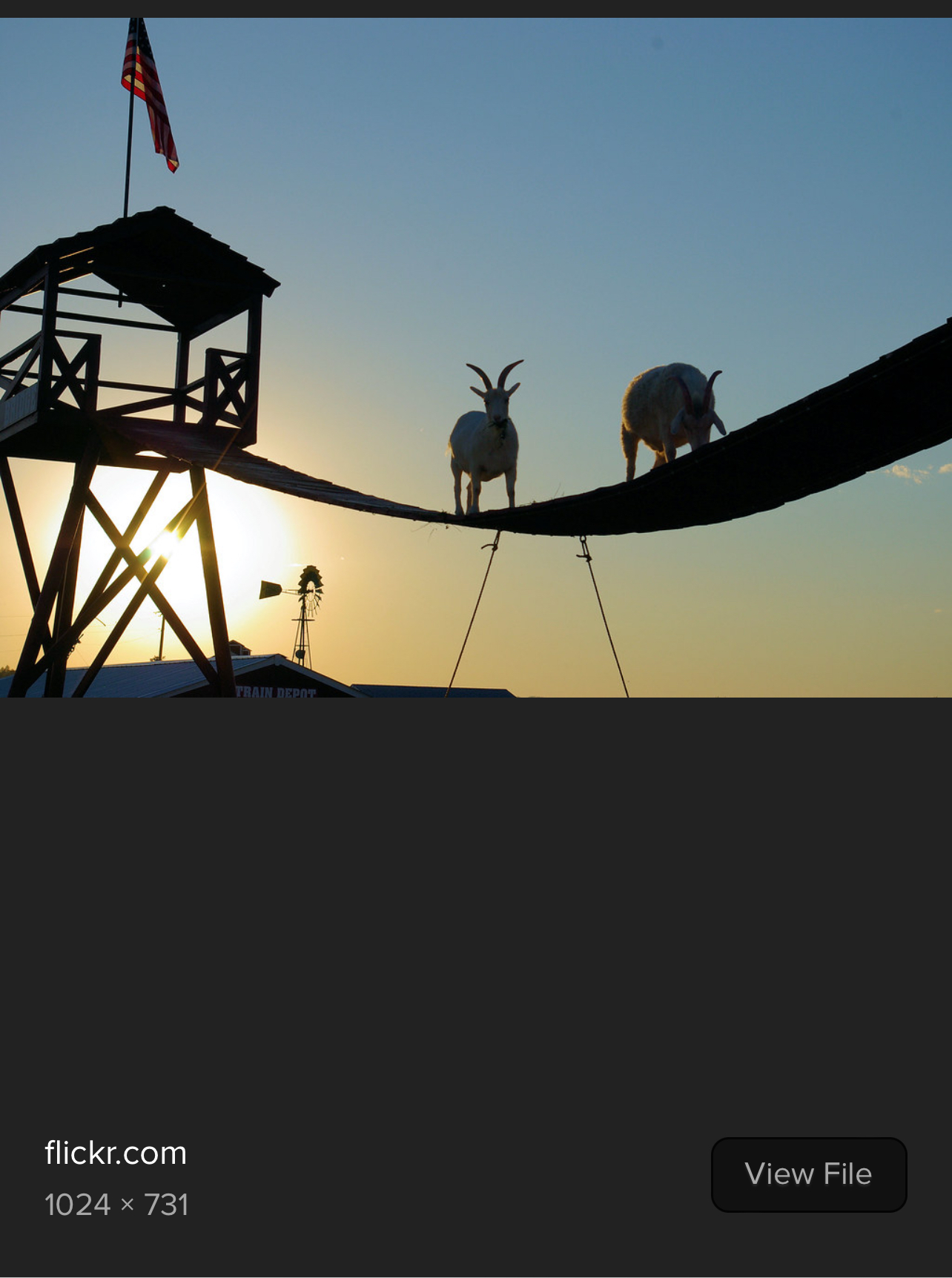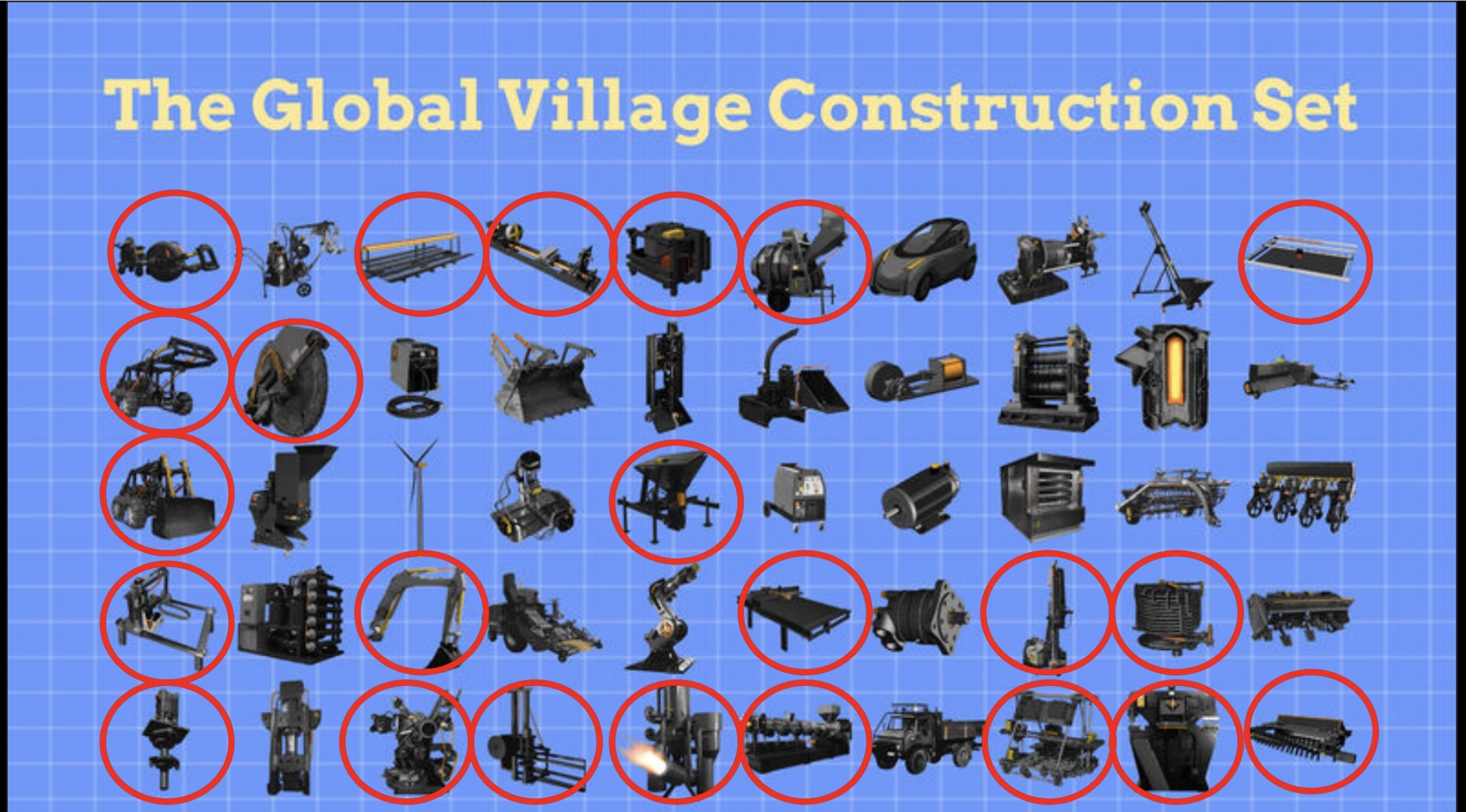Paul's Blog
Bookmark this to keep an eye on my project updates!
todo: why does open source work?
todo: story sbout foss making money

GOATs crossing a bridge
Playing our cards right
In the last section I defined intelligence, consciousness, whst the blockchain does, polyamory (and ethical non-monogamy), and what it means to upgrade to an antifragile mindset. Last, I describe a way to make AI that it human-sligned, explainable & understandable, and would be affordable to all.
We covered a lot. But even with the pieces in place, we still have to play our cards right.
The relentless march of technology presents us both staggering possibilities and nightmare scenarios. While it can transform lives for the better, it can also leave people in our communities behind. For some, the damage is temporay; for others, permanent and devastating. Not everyone has the resources to weather the storm. Can you imagine yourself in their situation?
Furthermore, developed countries face a unique set of problems – declining birth rates and rising divorce rates.
For developing countries, they can “leap ahead” by adopting mostly mature and proven tech from the developed world. For example, the cost of essential resources like housing and farming equipment can create a barrier to entry for many.
The challenges are big so we need novel, bold solutions: the freedom dividend, polyamory / ethical non-monogamy (ENM), and open-source models.
Here I present plans to help bridge us to The Endgame. However, these actions must be done first before we reach GOAT World.
Marcin
Marcin squinted at the endless rows of wheat, his calloused hand tracing a hesitant line down a stalk. The city life, once a vibrant dream, now felt like a faded photograph compared to the earthy canvas stretching before him. He was a farmer now, a decision fueled by a yearning for simpler things, not a fat bank account.
His pride and joy, a rusty but rumbling tractor named Bertha, chugged along the furrows, leaving behind a trail of freshly turned soil. The joy of seeing life sprout where there was only dust was a balm to his soul. Until, with a sputter and a cough, Bertha lurched to a stop. Panic clawed at Marcin’s throat. He had barely scraped together enough to buy the darn thing, let alone repairs.
Days turned into weeks as Marcin nursed Bertha back to health, every penny he’d saved going towards the mechanic. He worked tirelessly by hand, his back aching, sweat stinging his eyes, but the thought of his wife, Elara, and their two young children with empty plates spurred him on.
Just as hope flickered back, a sickening crunch shattered the morning quiet. Bertha, spewing smoke, refused to budge. Despair threatened to engulf Marcin. He stared at the endless fields, the dream turning into a nightmare. How would he feed his family? How could he explain this to Elara, her eyes already etched with worry?
That evening, Elara placed a steaming bowl of stew in front of him. Her smile, though strained, held a strength that mirrored the wheat swaying in the breeze. “We’ll figure it out,” she said, her voice firm. To be continued…
TLDR
The status quo is planned obsolence. Not everyone can afford the newest, best, or even unexpected repairs.
Democratizing Resources: Open Source for Food and Shelter
For the developing world, the cost of essential resources like farming equipment and housing materials creates a barrier to self-sufficiency for many. Open-source models, currently used in software development, offer a novel solution.
Enter the Open Sourcd Ecology (OSE) projct which is an attemlt to fix this by making the plans to iur socidty freely available. Thr call it the Global Village Construction set. it includes plans for tractors, back hoes, 3D printers, and more. By the sharing designs and blueprints freely, individuals and communities can manufacture their own tools and shelters at a significantly lower cost.

Could open-sourcing hardware work?
Lets step back to see the most famius exzmple of open-source success: Linux
Story of Linux
The infrastructure of the Internet is run mostly by open-source operating system, Linux. It’s significance is undeniable. How did we get here and could it work for hardware?
Linux wasn’t an overnight success story. It’s a testament to the power of collaboration, a project with roots that burrow back to the 1980s. Back then, Richard Stallman, a visionary hacker, embarked on the GNU Project. His audacious goal? To create a free and open-source operating system, a rebellion against the proprietary giants that ruled the roost. The GNU Project became a breeding ground for essential tools and utilities, the building blocks of a revolutionary OS. But there was a missing piece, the heart of the beast – the kernel.
Fast forward to 1991, and enter Linus Torvalds, a Finnish student who wasn’t following the script. He wasn’t consumed by building the next big thing; he just wanted a free Unix-like kernel for his own machine. What he created, however, resonated with a global audience. The magic of Linux lay in its open-source nature. Unlike its closed counterparts, it wasn’t a walled garden. Anyone could tinker, modify, and distribute the kernel freely. This unleashed a global army of developers. Each contributor brought a unique perspective, and Linux evolved into a powerful, versatile OS.
Today, Linux dominates the server landscape, the invisible engine powering everything from routers to supercomputers. It even lurks beneath the hood of Android smartphones, a testament to its adaptability.
Why open-source
What if we could emulate the succedx in open source softwars to hardware? Yes.
Imagine a world where the blueprints for a circuit board, the intricate plans for a 3D printer, weren’t so unaffordabke to so many. Just like with software, the design schematics and manufacturing instructions are freely available. Anyone with a passion and a soldering iron can contribute, modify, and improve upon existing designs.
This open approach brings a wealth of strengths to the table. First, it democratizes innovation. Resource-constrained inventors, the proverbial garage geniuses, can tap into a global knowledge base and collaborate on projects that might have otherwise remained mere pipe dreams.
Second, it fosters rapid iteration. Unlike the slow, siloed processes of traditional hardware development, OSH allows for swift improvements and bug fixes as a distributed community puts the design through its paces. Think of it as a constant beta test, fueled by the collective ingenuity of the maker movement.
Given the above, OSE is brimming with potential. Imagine a future where the schematics for complex robots or the blueprints for next-generation solar panels are freely available, empowering a global network of tinkerers and problem-solvers. The future holds the promise of abundance for all, one open-source project at a time.
Why it would work
- open source software already runs our infrastructure
- fusion & ai will be availble to run it
- more eyes to find bugs
- more eyes to make improvements
- in public domain so availbe to modify for specific use
- no incentive build in obsolesence
-
What will happen
- no more worries about planned obsolescense
- freely avaiable plans would allow developing nations to have the best technology too
- allow foundational technologies to be improved up